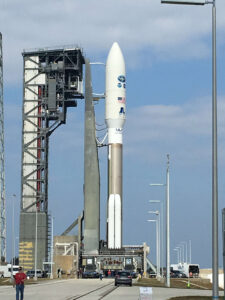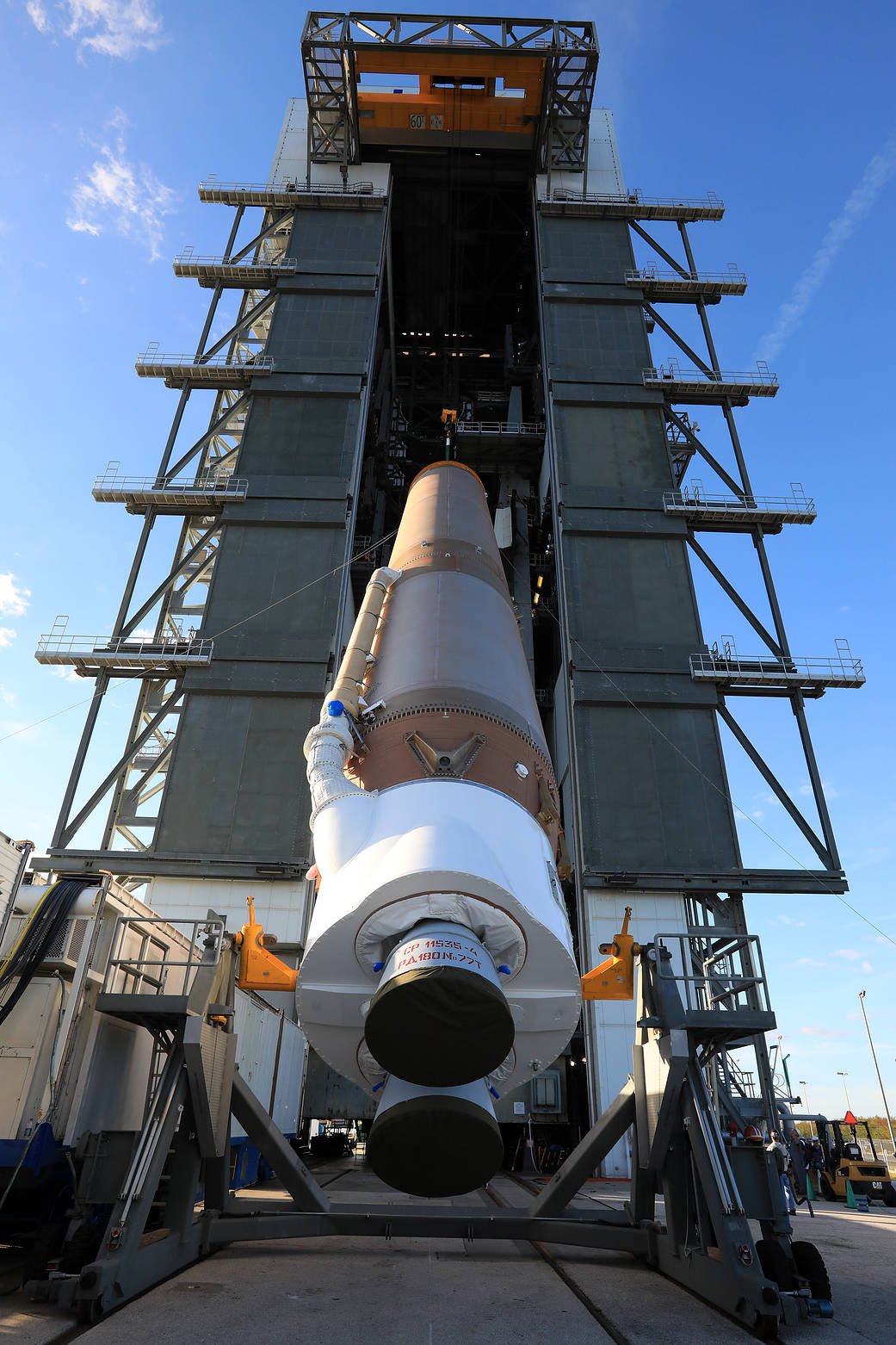Мы в компании Baron с нетерпением ждем возможности предоставить клиентам передовые возможности GOES-R, чтобы значительно улучшить наблюдение и обнаружение погодных явлений. GOES-R - это метеорологический спутник нового поколения, который обеспечивает улучшенное разрешение при наблюдении погоды, а также ряд функций, включая более быстрое покрытие, улучшенное обнаружение торнадо, ураганов, картирование молний в реальном времени - первый в истории космических полетов оперативный картировщик молний, мониторинг солнечных вспышек и многое другое. Это самый современный метеорологический спутник на сегодняшний день, оснащенный значительными функциями для улучшения прогнозирования погоды в Соединенных Штатах.
GOES-R станет первым из четырех спутников (R/S/T/U), которые продлят работу спутниковой системы GOES до 2036 года. После успешного запуска и вывода на геостационарную орбиту GOES-R будет известен как "GOES-16". Чтобы увидеть фотографии спутника, читайте последние новости с сайта Spaceflight Now.

Если все пойдет по плану, запуск спутника GOES-R состоится 19 ноября 2016 года в 17:42 по восточному времени. По последним данным, погода для запуска ожидается благоприятной.
Первая ступень ракеты-носителя Atlas V компании United Launch Alliance поднимается в вертикальное положение в комплексе вертикальной интеграции на стартовом комплексе 41 на мысе Канаверал во Флориде. Геостационарный оперативный спутник окружающей среды (GOES-R) будет запущен на борту ракеты Atlas V в ноябре. GOES-R станет первым спутником в серии спутников NOAA GOES следующего поколения.
Данные, которые будут доступны:
Первоначально мы планируем развернуть съемку облаков и влажности с помощью GOES-R ABI (Advanced Baseline Imager) и обнаружение и оповещение о молниях с помощью GLM (Geostationary Lightning Mapper).
Изображения облаков и влажности ABI будут доступны со спутника в начале 2017 года. Будут доступны как видимые, так и инфракрасные спутниковые данные, начиная с обновлений по всему диску каждые 15 минут, по территории США каждые 5 минут и заканчивая мезомасштабными регионами каждые 30 секунд. Разрешение будет варьироваться от 2 км в ИК-диапазоне до ½ км в мезомасштабных областях. Изображения облаков и влажности включают цифровые карты наблюдаемой земли, воды и облаков.
Начиная с середины 2017 года, данные о молниях в реальном времени с GLM расширят наши возможности по обнаружению и оповещению о молниях в западном полушарии.
В будущем мы будем поддерживать дополнительные продукты данных GOES-R, включая различные продукты с добавленной стоимостью, объединяющие GOES-R с другими источниками данных, такими как двухполярный метеорологический радар.
Baron также может предоставлять информацию GOES-R клиентам через надежное, постоянно действующее интернет-соединение. Это позволит пользователям использовать и отображать данные в любом формате, который они считают нужным.
"Спутник GOES-R - это крупнейшее за последние десятилетия достижение в технологии метеорологических спутников для использования над Западным полушарием", - сказал Боб Драйзеверд, исполнительный вице-президент и главный директор по развитию. "Доступность данных со спутника GOES-R значительно улучшит обнаружение погоды и поможет нашим клиентам повысить своевременность и точность прогнозов погоды, что является важнейшим компонентом защиты жизни и имущества".
Боб Драйзеверд выступит на семинаре "GOES-R для метеорологов-вещателей", который состоится перед запуском спутника GOES-R.
По словам представителей NOAA и NASA, "GOES-R будет включать в себя более совершенные технологии космического аппарата и приборов для поддержки расширенного обнаружения экологических явлений", что позволит получать более частую и точную информацию для прогнозов и предупреждений.
GOES-R - это следующий шаг в повышении осведомленности о погоде, спасении жизней и улучшении качества и точности прогнозов для всего - от отдыха до самых серьезных ситуаций. Преимуществ много, и компания Baron гордится тем, что предоставляет нашим клиентам самые современные научные данные.

